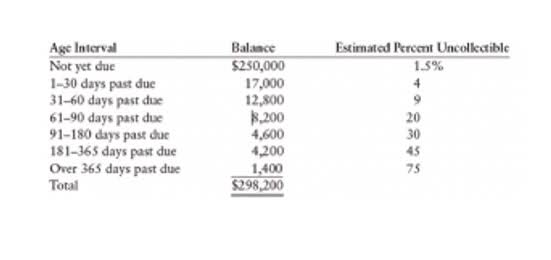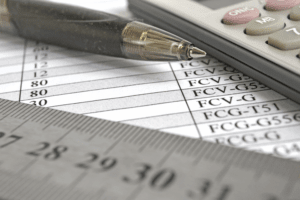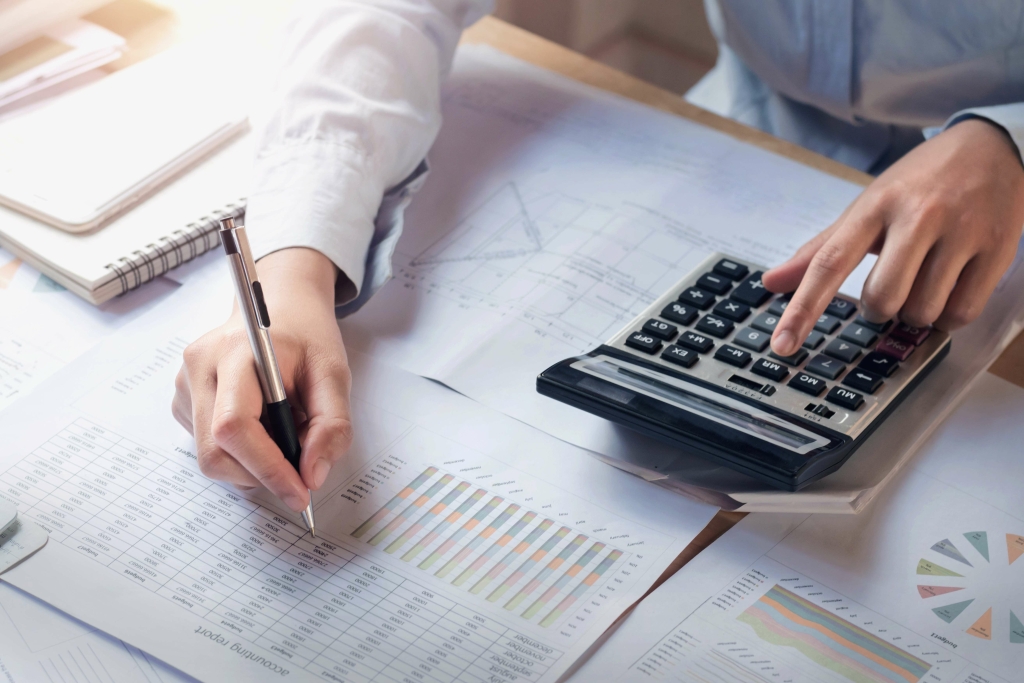
The totals calculated in the general ledger are then entered into other key financial reports, notably the balance sheet — sometimes called the statement of financial position. The balance sheet records assets and liabilities, as well as the income statement, which shows revenues and expenses. General ledger reconciliation is the process of periodically verifying the accuracy of financial records. These are what’s used to income summary record your transactions by date, and can include things like payments against invoices and their totals.
- As such, the journal and ledger both have the most crucial roles in an accounting process to ensure that no transaction is missed out.
- Needless to say, General Ledger is one of the primary books of entry and it forms the basis of your financial statements and helps you in evaluating the financial affairs of your firm.
- For example, any outstanding payments against suppliers or any payments to be collected from customers.
- GL account types are used for tracking and categorizing different types of financial data within a company’s general ledger.
- Many paper invoices get lost in the mix or their processing may be delayed because of such inefficient manual processes..
How Does a General Ledger Work?

Placing the higher level category of a spend also lowers its options, making the GL coding process more efficient and faster. At BILL, we supercharge the businesses that drive our economy with innovative financial tools that help them make big moves. However, there is always the chance that something gets misreported—like if you’re paying with petty cash and don’t record a $5 purchase.
Posting to the General Ledger

Asset accounts are comprised of the resources your business owns that will have value in the future. This includes cash, inventory, owned equipment, and real estate, just to name a few. This can include making changes to GL accounts such as accounts receivable or inventory. When a debit is entered into an account, it represents either a decrease in the amount of https://www.bookstime.com/ money stored in the system (for example, cash being withdrawn from an ATM) or revenue earned by the company. A General Ledger (GL) code is a code used to categorize financial transactions for reporting purposes. Each GL account needs an account name to make it easier to follow and understand as transactions are recorded.
- By this same analogy, a ledger could be considered a folder that contains all of the notebooks or accounts in the chart of accounts.
- Every business must strive to maintain accurate accounting records to generate reliable financial statements.
- Their net balances, positive or negative, are added to the equity portion of the balance sheet.
- In that situation all of the detail that supports the summary amounts in one of the control accounts will be available in a subsidiary ledger.
- The following are the steps to a proper general ledger accounts reconciliation in detail.
GL Month End Closing

The accounts are the place where all the financial transactions of a business are contained. In double-entry bookkeeping, each transaction will affect at least 2 accounts. Balancing the books used to be a demanding task, but with the helpful general ledger templates and accounting software, it is easy to automate the process, so you can focus on growing your business. The income statement will also account for other expenses, such as selling, general and administrative expenses, depreciation, interest, and income taxes.
QuickBooks
Likewise, revenue and expense accounts give an accurate view of the incomes earned and/or the expenses incurred. To correctly record an increase or decrease to an account within your business, you’ll need to use either debit and credit for the double-entry bookkeeping method. This is a principal method of accounting in which transactions are recorded in at least two journal entries, debit to an account and corresponding gl account examples credit to an account. A general ledger records transactions and helps generate financial statements for investors, creditors, or even regulators. This information can help management make financial and data-based decisions. For example, a bookkeeper or accountant could use an accounting ledger, or general ledger, to identify the source of increased expenses and make the necessary corrections.

